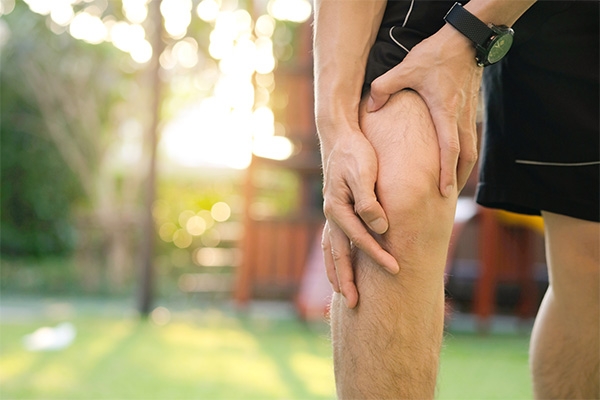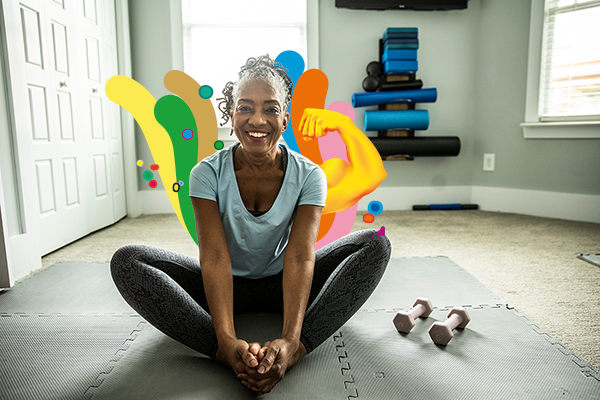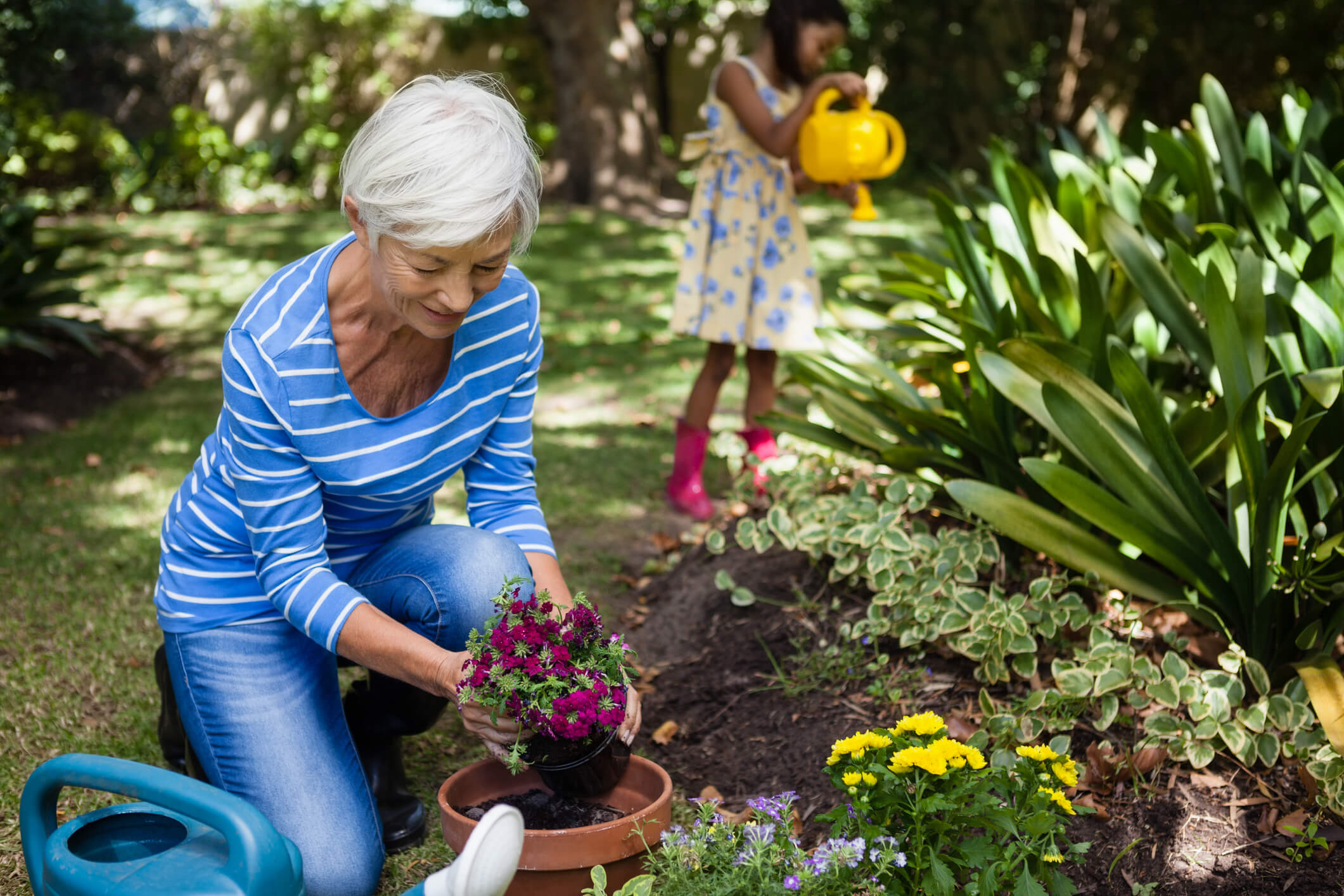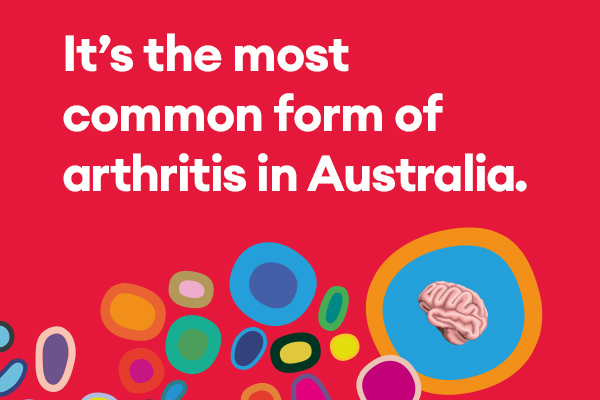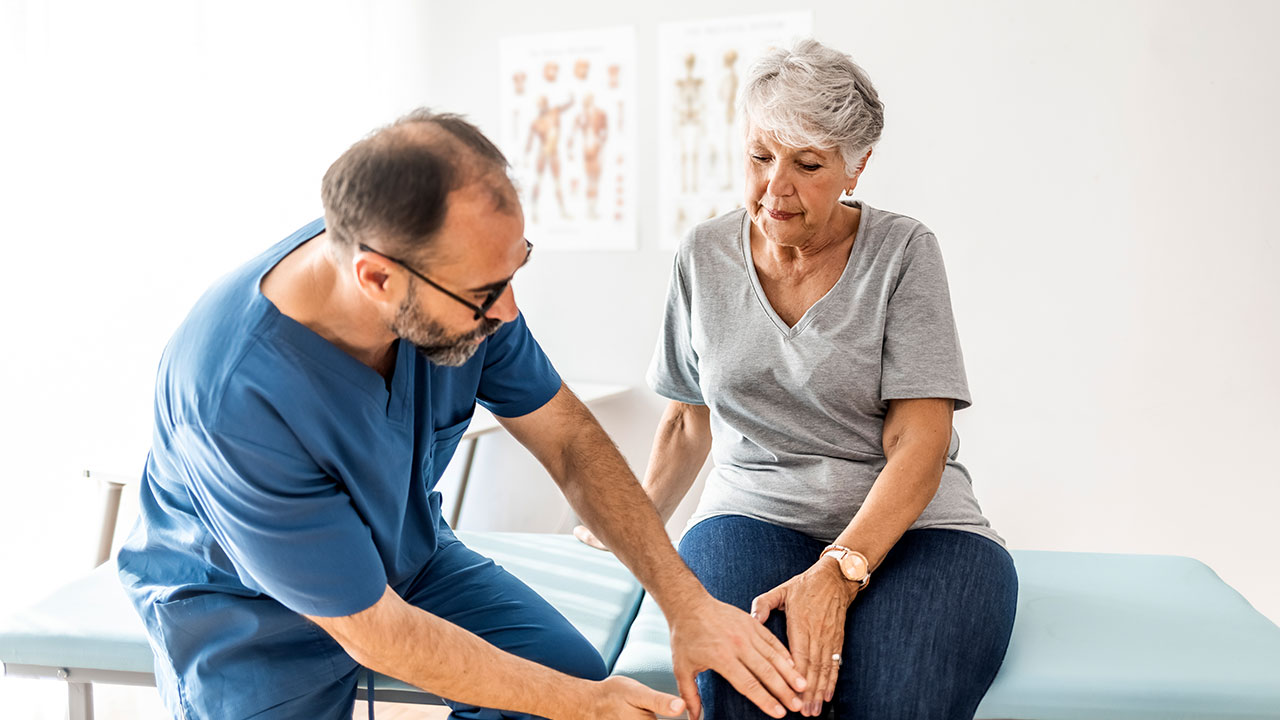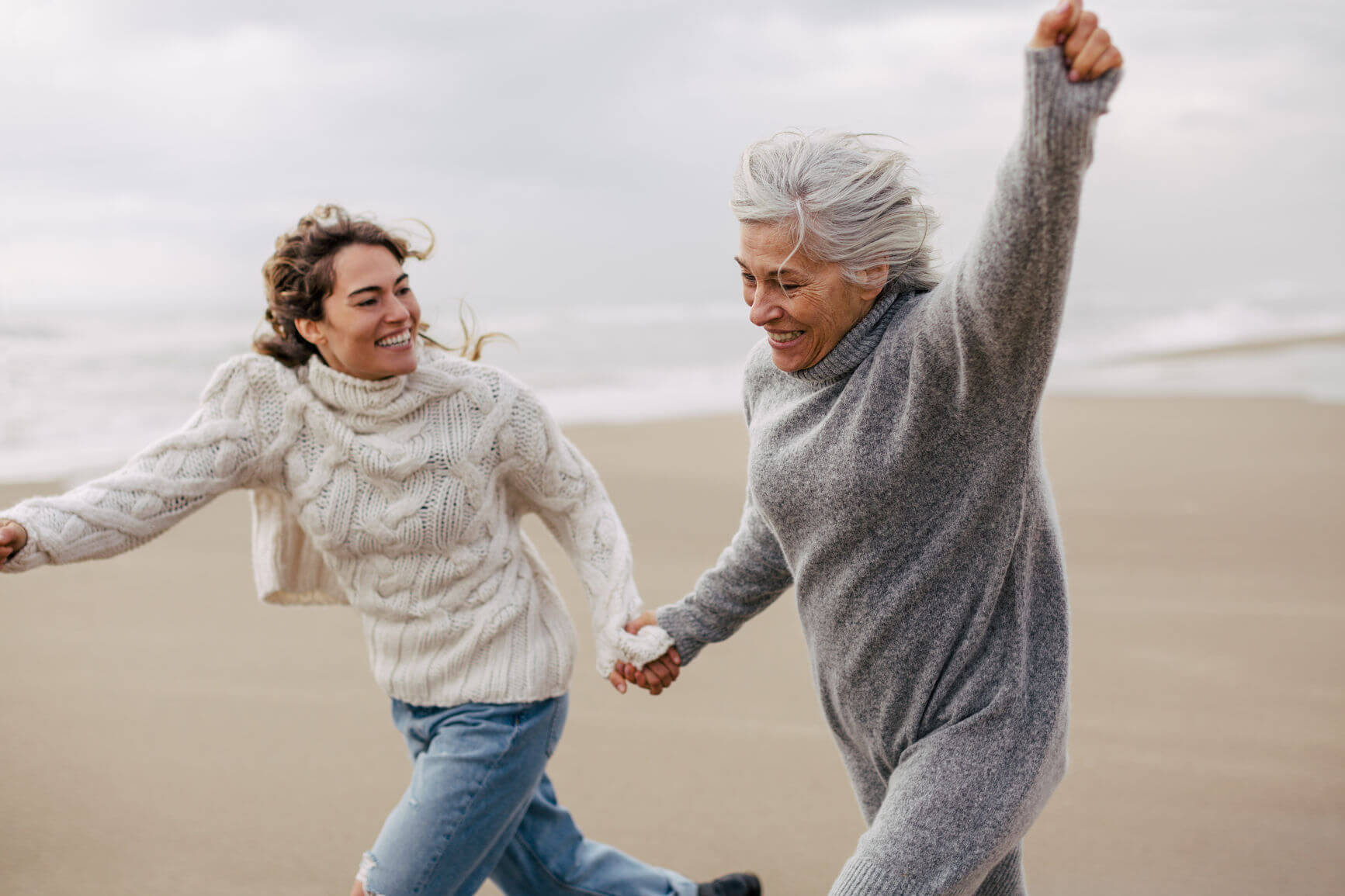Written by Medibank
July 2023
While osteoarthritis can affect any joint in the body, the hips – along with the knees – are among the most commonly affected joints. So, if you’re among the 2.2 million people in Australia living with osteoarthritis1 and it’s your hips that are causing you pain, you’re not alone.
Still, don’t let that prevent you from taking action. There are several different treatments available that may provide relief from osteoarthritis hip pain, and certain forms of exercise can be effective.

How exercise can help manage hip osteoarthritis
There are a few reasons why exercise is beneficial for hip arthritis. As well as improving overall health, it can improve joint mobility and flexibility too, and can also build strong muscles to support and take the pressure off your hip joint. Combined, this can help to reduce your hip pain.
In addition, exercise may also help you lose or maintain a healthy weight, which may help to reduce the impact of hip osteoarthritis. If you’re unsure whether you could benefit from losing some weight, there are some helpful calculations you can make.
5 great exercises to relieve osteoarthritis hip pain
If you’re living with hip osteoarthritis, or suspect that you may be, it’s a good idea to incorporate a mix of low-impact exercises that build your fitness and your flexibility, such as walking, yoga, and even tai chi as well as water-based exercises, such as swimming, that naturally support your joints. However, strengthening exercises can be particularly important, thanks to the way they build muscle around the hip joint to help reduce osteoarthritis pain.
Here’s a handful of exercises to consider trying, remembering that it’s always wise to talk to your doctor or healthcare team before you begin any exercise or strength-building program so you can make sure it’s right for you.
1. Sit to stand
Place a dining chair against a wall for stability and sit down on it. With your feet flat on the floor, stand up slowly without using your hands, by leaning your torso slightly forward over your thighs and bringing your hips under your body as you straighten up. Reverse the movement slowly to sit back down.
2. Hip flexion
Move the chair away from the wall and stand behind it, placing your hands on the back of the chair for stability. By bending your knee, lift your leg with hip osteoarthritis up as high as you can before slowly lowering it back to the floor. Repeat on your other leg.
3. Standing hip abduction
Remain standing behind the dining chair so you can use it for support (if necessary). Keep your feet together and your shoulders and hips facing forwards. Keeping your body still and upright and your knee straight, move the leg with hip osteoarthritis out sideways from your body, making sure it doesn’t move behind or in front of your body. Return the leg to the starting position before repeating the movement on the other side.
4. Lying hip abduction
Lie down on your back on a mat on the floor, with your legs together. Slowly move the leg with hip osteoarthritis out to the side, keeping your knee straight and your leg close to the floor. Reverse the movement to return to the starting position before repeating on your other leg.
5. Bridge
Remain lying down on a mat and raise your knees with your feet are flat on the floor. Keeping your shoulder blades on the floor, slowly lift your bottom up off the mat. Hold for 5 seconds before slowly reversing the movement.
Try to perform up to 2 sets of 10 repetitions for each of the five exercises, running through the full routine at least 3 times a week.

Read more about osteoarthritis
Looking for something else?
Visit Joint health for more information.
Things you need to know
1 Australian Institute of Health and Welfare; Chronic musculoskeletal conditions – Osteoarthritis; retrieved June 2023.
While we hope you find this information helpful, please note that it is general in nature. It is not health advice, and is not tailored to meet your individual health needs. You should always consult a trusted health professional before making decisions about your health care. While we have prepared the information carefully, we can’t guarantee that it is accurate, complete or up-to-date. And while we may mention goods or services provided by others, we aren’t specifically endorsing them and can’t accept responsibility for them. For these reasons we are unable to accept responsibility for any loss that may be sustained from acting on this information (subject to applicable consumer guarantees).
